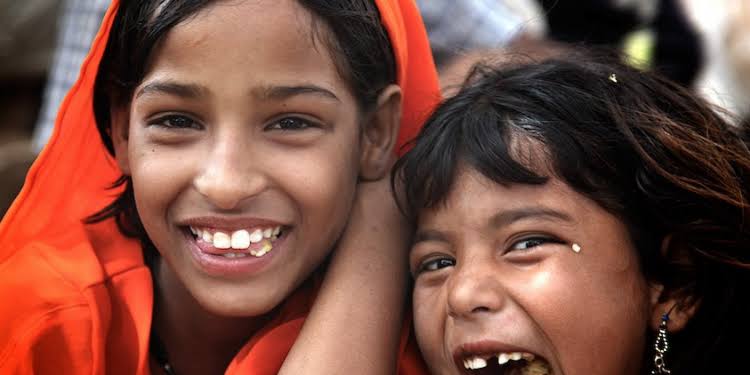OdishaPlus Bureau
The number of undernourished people in India has declined by 60 million, from 21.7% in 2004-06 to 14% in 2017-19, according to a UN report. The State of Food Security and Nutrition in the World report, released on Monday, said that there were less stunted children but more obese adults in India.
The report, considered the most authoritative global study tracking progress towards ending hunger and malnutrition, said that the number of undernourished people in India declined from 249.4 million in 2004-06 to 189.2 million in 2017-19.In terms of %, the prevalence of undernourishment in the total population in India declined from 21.7% in 2004-06 to 14% in 2017-19.

The two sub regions showing reductions in undernourishment- eastern and southern Asia are dominated by the two largest economies of the continent namely China and India.
“Despite very different conditions, histories and rates of progress, the reduction in hunger in both the countries stems from long-term economic growth, reduced inequality, and improved access to basic goods and services,” it said. The report is prepared jointly by the Food and Agriculture Organisation of the United Nations (FAO), IFAD, UNICEF, the UN World Food Programme (WFP) and the World Health Organization (WHO).

It further said that the prevalence of stunting in children under 5 years of age in India declined from 47.8% in 2012 to 34.7% in 2019 or from 62 million in 2012 to 40.3 million in 2019.
More Indian adults became obese between 2012-16, it said. The number of adults (18 years and older) who are obese grew from 25.2 million in 2012 to 34.3 million in 2016, from 3.1% to 3.9%.

Women of reproductive age (15-49) affected by anemia grew from 165.6 million in 2012 to 175.6 million in 2016. The number of infants 0-5 months of age exclusively breastfed grew from 11.2 million in 2012 to 13.9 million in 2019. The report said that almost 690 million people globally were undernourished (or hungry) in 2019, up by 10 million from 2018. The hungry are most numerous in Asia but expanding fastest in Africa.
The report forecasts that the COVID-19 pandemic could push over 130 million more people into chronic hunger by the end of 2020, across the planet. In percentage terms, Africa is the hardest hit region and becoming more so, with 19.1 percent of its people undernourished.
At the current trends, by 2030, Africa will be home to more than half of the world’s chronically hungry. The COVID-19 is intensifying the vulnerabilities and inadequacies of global food systems – understood as all the activities and processes affecting the production, distribution, and consumption of food.

“While it is too soon to assess the full impact of the lockdowns and other containment measures, the report estimates that at a minimum, another 83 million people, and possibly as many as 132 million, may go hungry in 2020 as a result of the economic recession triggered by COVID-19,” it said, adding that the setback throws into further doubt the achievement of the Sustainable Development Goal two, whose target is achieving zero hunger by 2030.






















